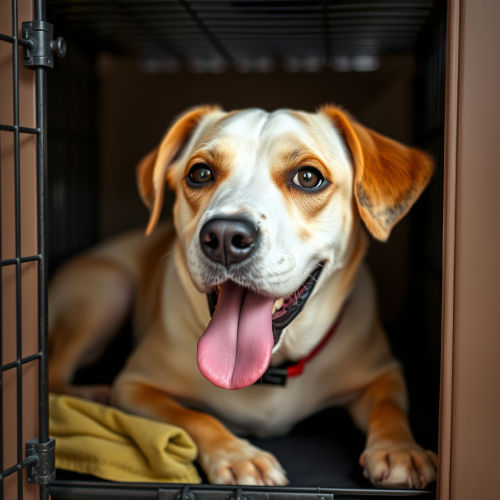Housetraining Your Puppy: The Real-Life Basics That Actually Work
- Alyssa

- Aug 4
- 3 min read

Bringing home a new puppy? Congratulations—and welcome to the wonderful, wiggly world of housetraining.
Housetraining is one of the first major communication efforts between you and your dog. It’s not always clean, it’s not always easy, but with the right approach, it is teachable. At Tri-Dog Solutions, we focus on real-life training that meets both dogs and humans where they are. This guide breaks down what actually works when it comes to teaching your puppy to go to the bathroom in the right place—consistently and kindly.
Step 1: Stick to a Simple, Predictable Housetraining Schedule
Puppies don’t have a lot of bladder control, especially in the first few months. A structured routine is the fastest path to success. Most puppies need to go out:
First thing in the morning
After naps
After meals or water
After play
Before bed
Every 1–2 hours while awake
Set a timer or an alarm. Consistency prevents accidents—and it gives your dog more chances to succeed.
🐾 Pro tip: Pay attention to your puppy’s patterns. If they always poop 15 minutes after eating, use that to your advantage.
Step 2: Watch Your Puppy Like a Hawk
Supervision is key. If your puppy has free rein of the house but no one is watching, accidents will happen. That’s not disobedience—it’s just what puppies do.
Use tools like:
Baby gates to limit roaming
A leash clipped to you inside the house
Crates or pens during short breaks
The more you can prevent mistakes, the faster housetraining will click.
Step 3: Celebrate Success Immediately
Every time your puppy goes to the bathroom outside, make it a big deal. Use a happy voice. Offer a treat right after they finish—not when they come back inside. The goal is to clearly mark the moment they get it right.
Dogs don’t generalize the way we do. If they pee outside but only get attention when they come back in, they may miss the point. Timing matters.
Step 4: Handle Accidents the Right Way
Accidents will happen. Even with a great schedule and close supervision, puppies are learning. When you find an accident:
Skip the lecture or punishment
Clean thoroughly with an enzyme-based cleaner
Adjust your schedule or supervision next time
Punishing your puppy only teaches them to hide it better—it doesn’t teach them where to go. Housetraining is not about perfection. It’s about consistent, calm redirection.
Step 5: Use the Crate as a Teaching Tool
A properly-sized crate is one of the best tools for housetraining. Dogs naturally avoid going to the bathroom where they sleep—if the crate isn’t too large. It should be just big enough for your puppy to stand up, turn around, and lie down comfortably.
Crates aren’t punishment. They’re structure, and they give your dog a safe place to rest, recharge, and learn.
So... How Long Does This Take?
Every dog is different. Some puppies pick it up in a few weeks. Others take a few months. Setbacks are normal—especially during teething, growth spurts, changes in routine, or illness.
The key is staying consistent, supportive, and realistic. No puppy is born knowing human bathroom rules. That’s your job to teach—with clarity and compassion.
Need a Second Set of Eyes?
Sometimes you’re doing everything right—and it’s still not clicking. That’s where we come in.
📩 Email us at TriDogSolutions@gmail.com if you’re stuck, need help troubleshooting your puppy’s schedule, or want hands-on support.
📲 Follow us on Instagram @tridog.solutions for daily tips, real-life case studies, and reminders that you're not alone in the messy middle.
Your puppy isn’t behind. You’re not failing. This is just the beginning of a strong, thoughtful relationship. And we’re here for it.


Comments